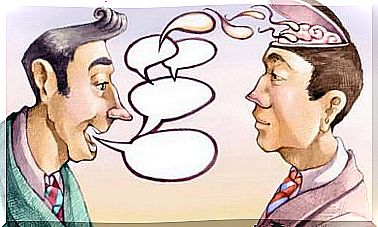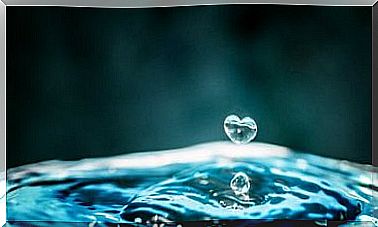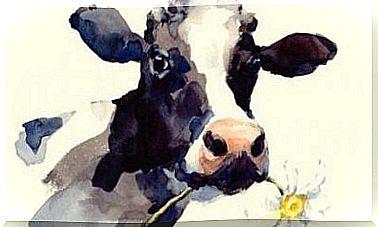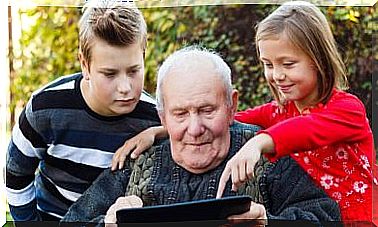Art Therapy: Definition And Benefits
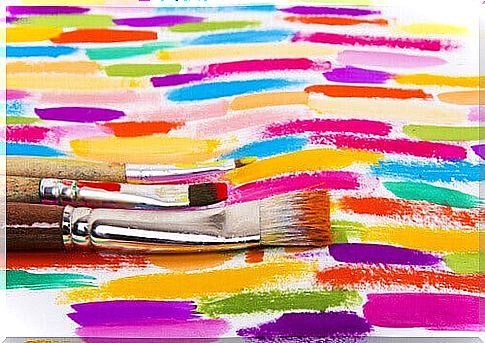
The arts, like all non-verbal expression, promote the exploration, expression and communication of aspects of which we are not aware. Therefore, the trav garlic emotions through art therapy improves the quality of human relationships to the extent that it focuses on the emotional factor, essential for every human being, and helping us to be more aware of some obscure aspects and thereby facilitating the development of the person (Duncan, 2007).
Art therapy cares about the person. It is not a project on her, but a project with her, based on her discomfort and her desire for change. Based on personal and cultural differences, she tries to update the conditions of creative production, to perceive the specificities of the means used and to understand their impacts (Bassols, 2006).
Art therapy can be defined as a discipline with specificities and concrete limits. It is an aid – therapy for some – which uses the visual arts as a means of recovering or improving the mental health, emotional and social well-being of the person. The goals of art therapy are the same as those of psychotherapy.
This aid focuses on art as a form of communication, which helps to express and communicate feelings, facilitating reflection, communication and enabling necessary changes in behavior. Artistic creation, taken as an action, implements a process: the therapeutic space intervenes and breaks with reality, reassessing it.
The visual arts are those that are used in therapy. We are talking here about painting, clay, collage, performing arts such as comedy, storytelling, theater of reminiscence, role playing, puppetry. Music uses rhythm, sound, voice and instruments; the writing can appeal to different genres. Art therapy is a way of telling the truth by playing on the symbolic. Creative experiences can represent acts of aggression, abandonment, loss, feelings, and do so indirectly, without intentionality (Bassols, 2006).
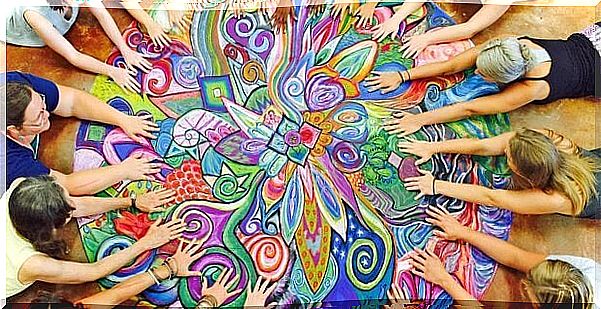
With the theater, the drama or the puppets, the patient speaks about himself through a character. It is the art of action through a fictional character, a process of individual and / or collective creation that lies between two worlds: reality and fiction. In clay productions a dialogue with the material is established, here it is a question of promoting the encounter of the person with the material and of accompanying him on the path which goes from the clay to itself.
Painting offers a first step of liberation, the person letting himself be carried away by the images which come to him, the lines, the shapes, the colors, seeking that the hand is freed from the censorship of the eyes, like a disinhibition, in order to organize it in a second step and, gradually, access the depths of the person.
With dance acts at first awareness of the movement itself – even. The person manages to listen to it and to listen to himself through this dynamism, which then allows him to get closer to himself and facilitates communication with the other. In the work of song, the natural voice is sought and used, the breathing is unblocked; it is created and transformed from improvisations, combining different sound qualities.
The ÉCRI ture has, in turn, new ways to play with the imagination on the basis of own experiences and lived. Imaginary situations and companions appear, along with various itineraries, until the creation of fictional stories and tales is achieved.
Emotions are of fundamental importance in human development and experience. In art therapy, working with the arts promotes personal and emotional development. Four phases are used to work with emotions in art therapy: naming, exploring, experiencing and integrating. Emotions are our primary form of communication and can be more important than words. If the words are not accompanied by appropriate emotions, it is difficult to believe them (Duncan, 2007).
Normally, when we express something emotionally, we use gestures, images, verbal metaphors, and tones of voice to communicate better with others. They help us understand and express much more than just words when they are adapted to them. The arts, like all non-verbal expression, promote the exploration, expression and communication of aspects of which we are not aware.
Working on emotions through art therapy improves the quality of relationships. We focus on the emotional factor, which helps us to be more aware of certain dark aspects, and thus facilitates the development of the person. Basic emotions, such as fear, anger, joy, love, sadness, and uncomfortable feelings, are essential and necessary for the emotional balance of all human beings.
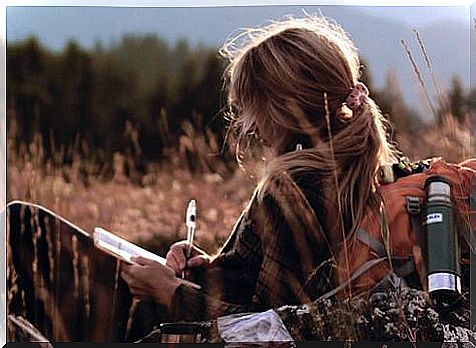
All emotions affect our cognitive abilities, our physical health and our professional performance. Emotional intelligence helps to improve the ability to express adequate emotions, at substantial levels, in a given situation. It also involves the ability to perceive the emotional manifestation of the other appropriately and with empathy.
Working with the arts promotes personal and emotional development. The unconscious mind works more with symbols than with reasoned words, which is why the use of the arts facilitates the process of thought and its development. We can communicate much more through the arts, especially subconsciously, as pictures convey more than words and offer a safe way to explore difficult subjects.
2. Development of healthy coping skills
Dealing with feelings and emotions in a creative way can help change established behaviors or habits that are implemented whenever we need to express emotions. Using art therapy when we are going through a sad emotional process by trying to use that emotion to create can help us cope optimally.
3. Exploration of imagination and creativity
The use of this type of therapy allows the person to improve their capacity to create and imagine, as well as to strengthen these capacities by working in a targeted manner and with the help of the therapist.
4. Improved self-esteem and confidence
Checking that we can achieve something on our own leads us to achieve greater emotional stability. Likewise, achieving the proposed goals allows us to increase our sense of security and fuel the brain with the idea that we are doing well.
5. Identification and clarification of concerns
Expressing in the outside world what concerns us on the inside allows us to see in a more practical and accessible way the concepts that we cannot understand. Abstract ideas that we only observe from an external point of view could be incorporated into our knowledge.
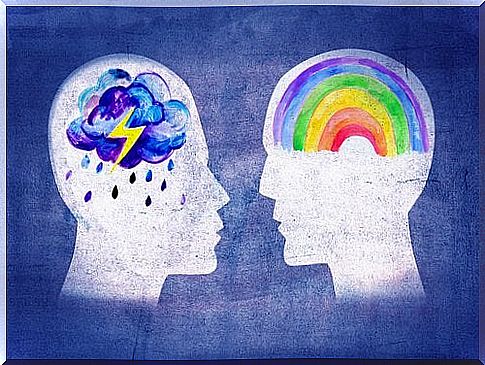
6. Increased communication capacity
Using the artistic modality to express oneself allows the person to acquire new tools to have good communication, both with others and with oneself. Being able to express what is difficult to verbalize trains the ability to express ourselves more clearly and more in tune with what we want to communicate.
7. Improvement of physical capacities
Art therapy usually uses the body to express what we cannot say. Therefore, this type of therapy is also beneficial for people who have difficulty performing certain movements or coordinating them.
8. Art decreases stress and anxiety levels
Performing activities related to art and creativity provides the person with an experience in which the level of stress and anxiety is reduced. People who perform this type of therapy find such activities relaxing.
9. Motivation to do mental exercise and help with thinking
Scientific thinking goes further and is also related to the ability to be independent or to solve problems in everyday life.
10. Improved concentration, attention and memory
It is important in our daily life to learn to focus. Having a good capacity for concentration helps us enormously to be more efficient in the execution of any task. The advantages of a good concentration are numerous: it increases our memory, our efficiency in decision-making, our precision and our ability to face the challenges we must face.
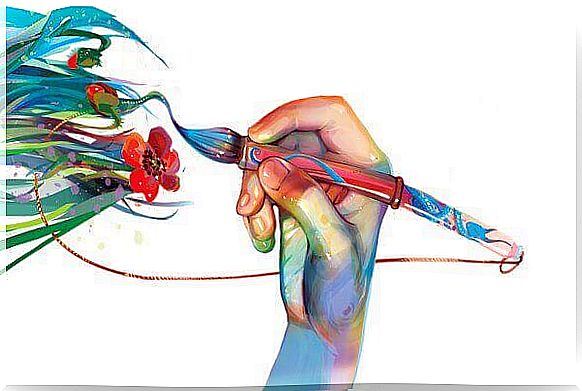
The fields of application of art therapy are physical health, mental health, emotional well-being and social well-being in different sectors of the population. In the case of people who require specific follow-up on their body expression and movement, art therapy can be applied through the techniques studied in psychotherapy.
The use of art therapy is possible in children and adolescents as well as in adults, with the advantage of being able to be applied at the therapeutic and educational level. In the latter case, cognitive-behavioral techniques can complement the use of art therapy (or vice versa), to instruct on aspects that directly influence the development of education.
Bibliographical references
Bassols, M. (2006). Art therapy, support in creation and transformation. D ocuments of Art therapy and art education for social inclusion , 1 , 19-25.
Cao, M., and Díez, NM (2006). Art therapy: internal knowledge through artistic expression . Tutor
Del Río, M. (2009). Reflections on praxis in art therapy / Reflections on practice in art therapy. Art therapy , 4 , 17-26.
Diez, NM (2006). Ongoing research on art therapy at the Complutense University of Madrid / Art Therapie Resaerch at UCM. Art Therapy , 1 , 45-67.
Duncan, N. (2007). Working with Emotions in Art Therapy / Art Therapy and Emotions. Art therapy , 2 , 39-49.
Klein, JP (2006). Art therapy, support in creation and transformation / Art therapy, support in creation and transformation. Art therapy , 1 , 19-25.
Mampaso, A. (2007). Art therapy, arts education and social inclusion. Dissemination sessions in the IV Science Week 2006. Arteterapia , 2 , 293-296.
Marxen, E. (2011). Dialogues between art and therapy: from “psychotic art” to the development of art therapy and its applications (pp. 1-222). Barcelona, Spain: Gedisa.
Reyes, P. (2007). The relational potential of art therapy in the early psychotherapeutic intervention of psychosis. Arteterapia , 2 , 109-118.
Rodríguez Fernández, E. (2007). Applications of art therapy in the classroom as a preventive measure for the development of self-esteem and the promotion of positive social relationships: I Feel Alive (2), 275-291.
Serrano, A. (2014). Telling with images: possibilities of photography and audiovisual languages in art therapy. Art therapy , 9 , 157-158
